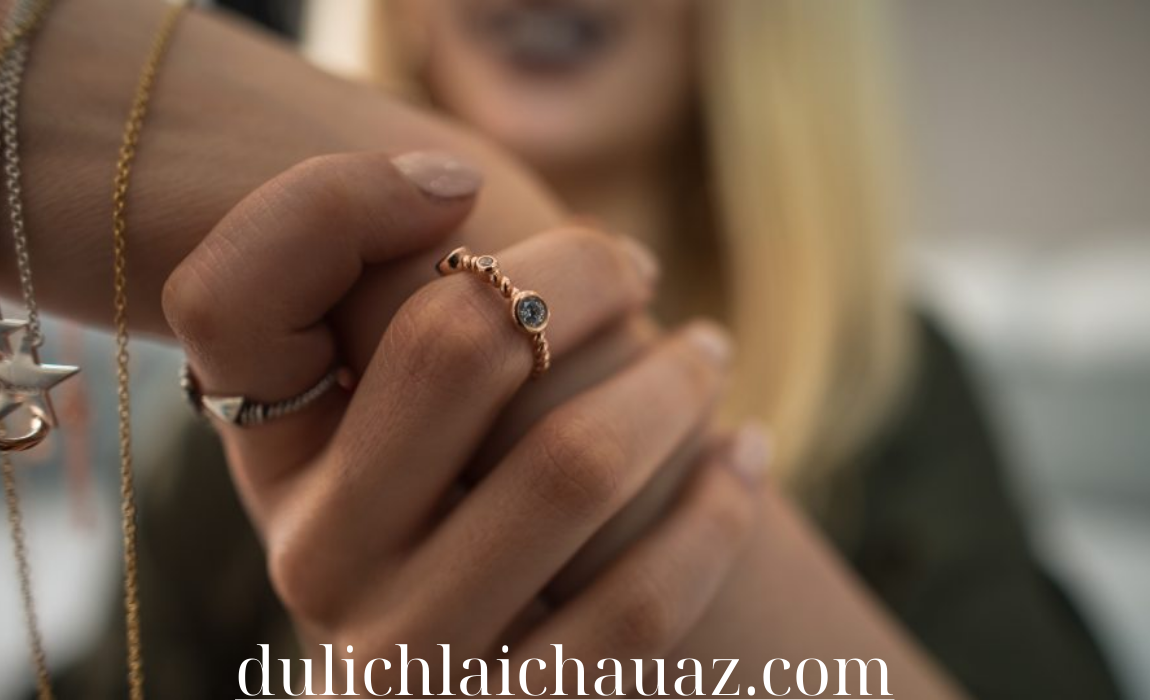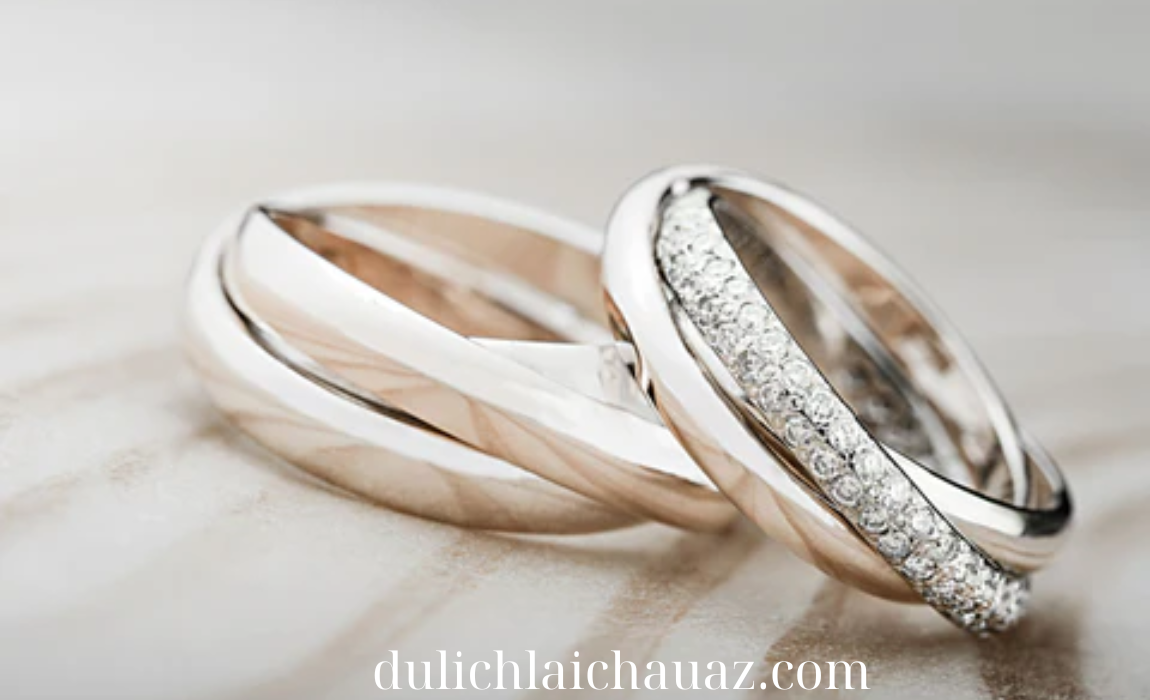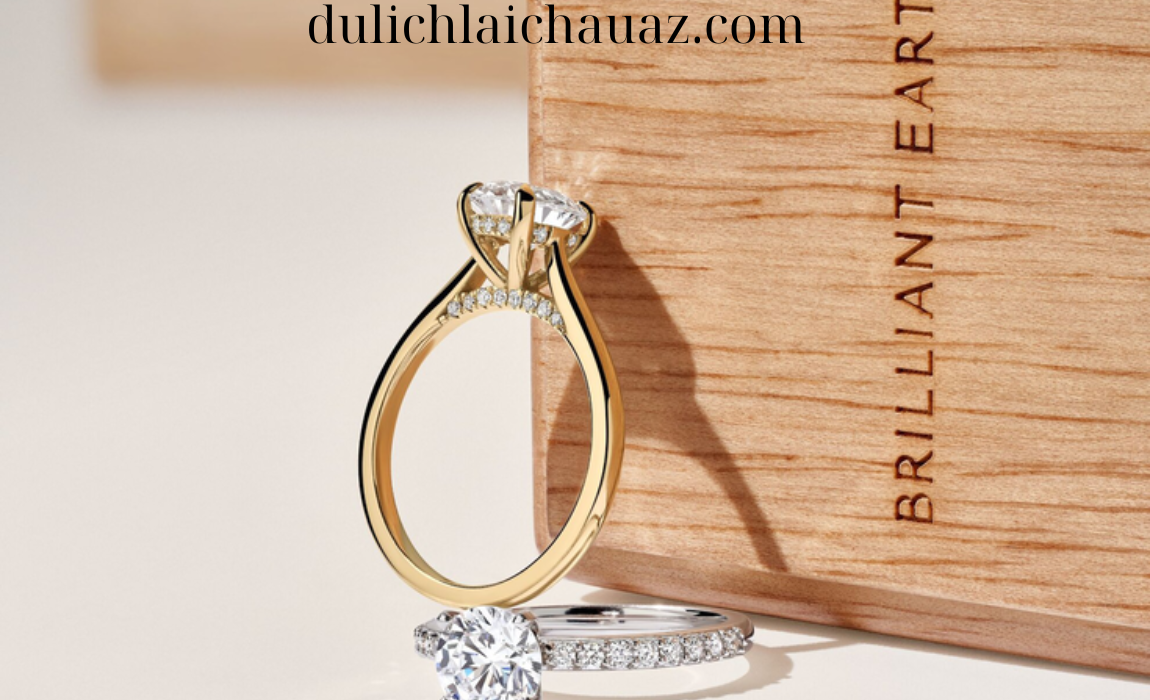Choosing the Perfect Ring: A Comprehensive Guide to Your Dream Jewelry
Choosing the perfect ring, whether it’s for an engagement, a special occasion, or simply as a statement of personal style, is a deeply personal and meaningful process. From the metal and gemstones to the ring’s overall design and craftsmanship, there are many elements to consider. This comprehensive guide will help you navigate the world of rings, offering insights into the key factors you should keep in mind to find your dream jewelry piece.
1. Decide on the Occasion and Purpose
Before diving into styles, it’s essential to identify the reason for your purchase. Different occasions call for different types of rings.
- Engagement Rings: These are traditionally given to symbolize a promise of marriage, often featuring a central diamond or gemstone.
- Wedding Bands: Typically simpler in design, wedding bands complement engagement rings and symbolize commitment.
- Anniversary or Statement Rings: These rings can be given to mark a special milestone or to make a bold style statement, often featuring unique designs or a combination of stones.
- Personal Fashion Rings: Rings that reflect your personal style, ranging from minimalist designs to bold, artistic creations.
Tip: Clarifying the occasion will help you narrow down the style, stone, and design that’s most appropriate for your needs.
2. Set a Budget
Determining your budget upfront is a critical step in the process. Rings come in a wide range of prices, and factors like the type of metal, gemstones, and craftsmanship will impact the overall cost.
- Engagement Rings: The traditional guideline suggests spending two to three months’ salary, though this is not a strict rule. You can find beautiful rings in a wide price range.
- Statement Rings: The price will vary depending on whether the ring features diamonds, colored gemstones, or is made from luxury materials like platinum or gold.
Tip: Have a clear understanding of your financial comfort zone, and don’t be afraid to discuss options with jewelers who can work within your budget.
3. Choose the Metal
The metal you choose for your ring sets the tone for its overall look and durability. The most common metals for rings are:
- Platinum: Known for its durability and lustrous white sheen, platinum is hypoallergenic and resistant to tarnish. It’s a popular choice for engagement rings and wedding bands but is more expensive than gold.
- White Gold: White gold offers a similar look to platinum but at a lower price point. However, it may require re-plating over time to maintain its bright finish.
- Yellow Gold: A classic choice for rings, yellow gold is available in different karats (24K, 18K, 14K) depending on your preference for purity and durability.
- Rose Gold: Rose gold has a warm, romantic hue that has become popular for engagement and fashion rings alike. It’s made by alloying gold with copper and is more durable than yellow gold.
- Sterling Silver: An affordable option, sterling silver is softer than gold or platinum and may tarnish over time but is excellent for casual or fashion rings.
Tip: Consider your skin tone when choosing metal. Cooler skin tones often complement white gold and platinum, while warmer tones pair beautifully with yellow or rose gold.
4. Understand the 4Cs for Diamonds
If you’re selecting a diamond ring, understanding the 4Cs—Cut, Color, Clarity, and Carat—will help you choose a stone that fits your aesthetic and budget.
- Cut: The cut of the diamond affects its brilliance and sparkle. The most popular cuts include round, princess, cushion, and emerald. A well-cut diamond will reflect light beautifully, enhancing its visual appeal.
- Color: Diamonds are graded on a color scale from D (colorless) to Z (light yellow). Colorless diamonds are the most sought after, but near-colorless stones (G-H) offer a similar look at a lower price.
- Clarity: Clarity refers to the presence of internal or external imperfections, known as inclusions and blemishes. The clarity scale ranges from Flawless (no inclusions) to Included (visible imperfections).
- Carat: Carat refers to the weight of the diamond. Larger diamonds are more expensive, but a well-cut smaller diamond can often appear larger due to its brilliance.
Tip: If your budget is tight, prioritize the cut over other factors, as a well-cut diamond will appear more brilliant, even if it has slight imperfections or color.
5. Consider Gemstones
If diamonds aren’t your preference, or if you’re looking for something more colorful and unique, consider choosing a ring with gemstones. Popular options include:
- Sapphires: Known for their deep blue hue, sapphires are durable and stunning. They also come in pink, yellow, and green varieties.
- Rubies: Rubies symbolize passion and love and are known for their vibrant red color.
- Emeralds: Emeralds have a rich, green color and represent renewal and growth, though they are softer and require more care than sapphires or rubies.
- Other Gemstones: Consider stones like amethyst, topaz, or aquamarine for a personalized touch, especially in fashion or statement rings.
Tip: Ensure the gemstone you choose has the durability required for everyday wear, especially for engagement or wedding rings.
6. Explore Different Ring Styles
Once you’ve chosen the metal and stone, the next step is deciding on the ring’s overall design. Here are some popular styles:
- Solitaire: A classic engagement ring style featuring a single stone, often a diamond, that allows the gem to be the focal point.
- Halo: A central stone is surrounded by smaller diamonds or gemstones, adding sparkle and the appearance of a larger center stone.
- Three-Stone: Featuring three stones, this style symbolizes a couple’s past, present, and future. It’s a great choice for an engagement or anniversary ring.
- Vintage/Antique: Inspired by designs from the past, vintage rings often feature intricate detailing like filigree, milgrain, and hand engraving.
- Modern/Minimalist: Sleek, simple designs that focus on clean lines and understated elegance, often without much embellishment.
Tip: Look for inspiration from various eras (Art Deco, Victorian, etc.) to find a style that speaks to your personal taste.
7. Ring Size and Comfort
Ensuring the correct ring size is crucial for comfort and wearability. If you’re purchasing the ring as a surprise, discreetly borrowing a ring that your partner already wears on the intended finger can help you determine the size.
- Comfort Fit: Some rings are designed with a comfort fit, meaning the inside of the band is rounded for a smoother feel. This is especially important for wider bands.
- Resizing Options: Check if the design you choose allows for resizing, particularly if it’s for an engagement ring or wedding band that may require adjustments over time.
Tip: Visit a jeweler to have your finger measured accurately, or use a ring size chart to ensure a perfect fit.
8. Customization and Personalization
If you’re looking for something truly unique, consider designing a custom ring. Many jewelers offer bespoke services, allowing you to choose everything from the metal and stone to the specific design details.
- Custom Designs: Work with a jeweler to create a one-of-a-kind ring that incorporates personal elements, such as meaningful symbols, initials, or birthstones.
- Engraving: Adding an engraving inside the band—such as a date, name, or a meaningful phrase—makes the ring even more personal and special.
Tip: Start the customization process early, as it can take several weeks or months for a bespoke ring to be crafted.
9. Quality and Certification
Always ensure that the ring you choose comes with proper certification, particularly for diamonds and gemstones. Reputable jewelers provide certificates from recognized authorities, such as the Gemological Institute of America (GIA), that verify the quality and authenticity of the stones.
- Hallmarks: Look for hallmarks on the band that indicate the purity of the metal, such as 14K or 18K for gold.
- Diamond Certification: For diamonds, a certification from the GIA or the American Gem Society (AGS) ensures you’re getting a stone that matches the quality described.
Tip: Work with reputable jewelers who offer certified stones and provide a clear return policy in case you need adjustments or resizing.
Conclusion: Finding the Ring That Reflects You
Choosing the perfect ring is an exciting and meaningful journey. Whether it’s an engagement ring symbolizing love and commitment, or a statement piece showcasing your unique style, the key is to select a ring that reflects your personality, taste, and the emotions behind the occasion. By considering factors like the metal, stone, style, and budget, you can find a ring that will be cherished for a lifetime.














Post Comment